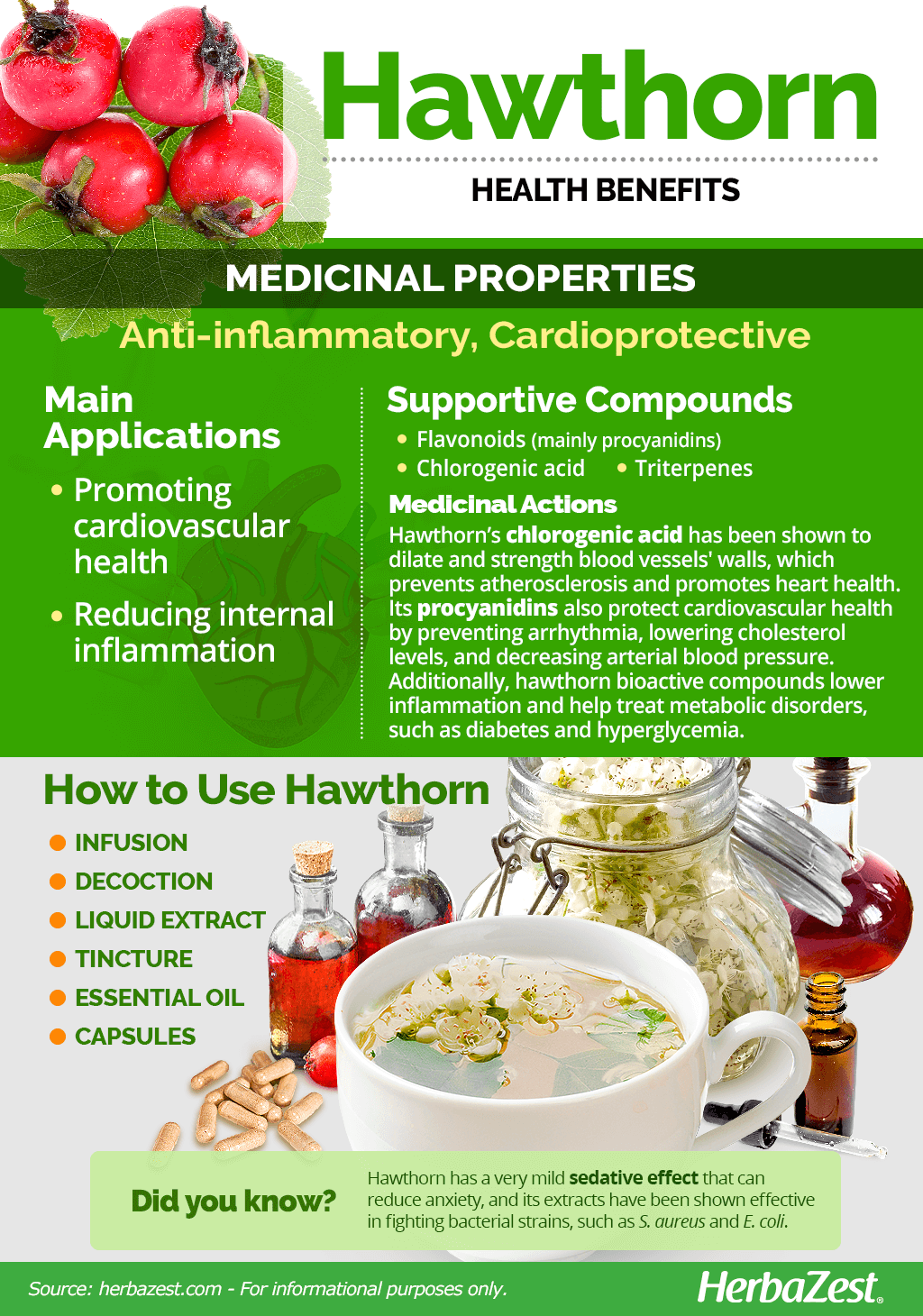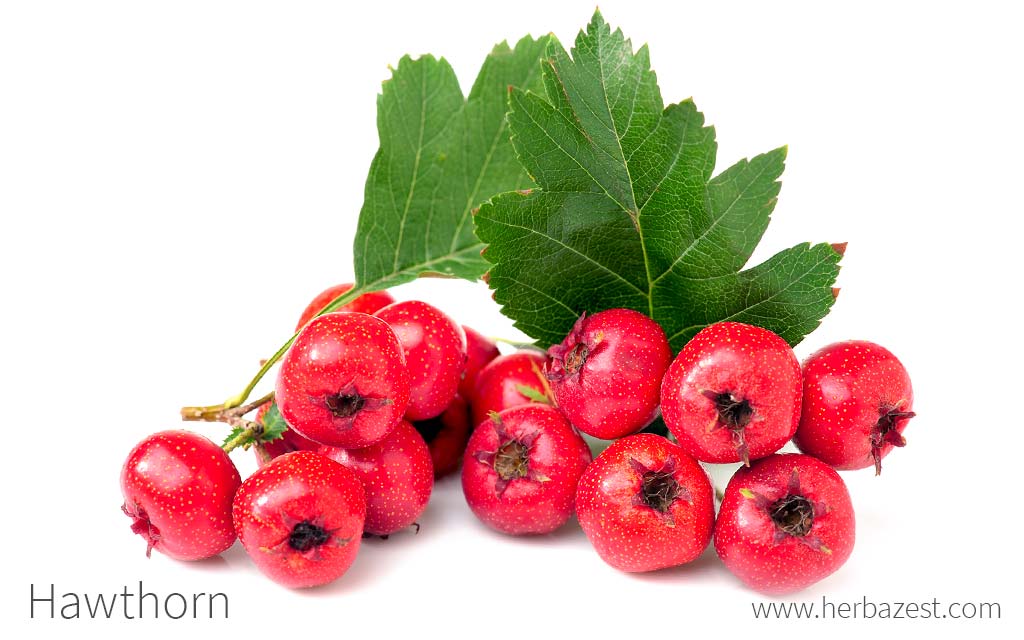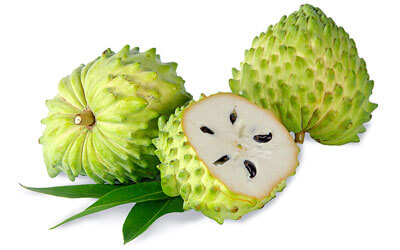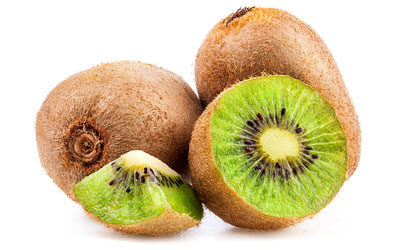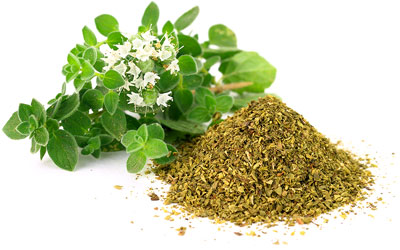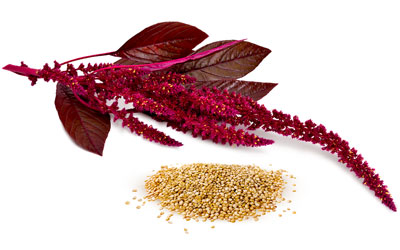The hawthorn tree, also known as common hawthorn, English hawthorn, May blossom, one-seed hawthorn, whitethorn, and quickthorn, is native to Europe, where it has been valued for both medicinal and practical purposes for centuries. Varieties of hawthorn also thrive across North America and Asia, serving similar uses.
Hawthorn Medicinal Properties
- Medicinal action Anti-inflammatory, Cardioprotective
- Key constituents flavonoids, chlorogenic acid, triterpenes
- Ways to use Capsules, Decoctions, Hot infusions/tisanes, Tincture
- Medicinal rating (3) Reasonably useful plant
- Safety ranking Safe
Health Benefits of Hawthorn
Hawthorn is an ornamental and medicinal tree whose bark, leaves, flowers, and berries have been historically used to address a wide range of health concerns. Today, its popular uses are supported by promising scientific research. Key health benefits of hawthorn include:
Promoting cardiovascular health. Hawthorn's cardioprotective and vasodilatory properties have been shown to effectively aid in managing heart diseases and vascular issues. These include angina, blood pressure regulation (both high and low), minor arrhythmias, high cholesterol, and myocardial function.
Reducing internal inflammation. Rich in powerful antioxidants and free radical scavengers, hawthorn berries are effective in addressing inflammatory conditions such as atherosclerosis and diabetes.
Hawthorn has a mild sedative effect that may help reduce anxiety symptoms.1
Hawthorn has also been traditionally used in Western folk medicine for conditions such as diarrhea, gallbladder disease, insomnia, and asthma. In Traditional Chinese Medicine, it is prescribed for digestive issues, hyperlipidemia, poor circulation, and dyspnea.
How It Works
Hawthorn's active compounds—flavonoids, chlorogenic acid, and triterpenes—are responsible for its cardioprotective, anti-inflammatory, and antioxidant properties.
The benefits of hawthorn for vascular health are largely attributed to its high chlorogenic acid content, which helps dilate and strengthen blood vessel walls. This action not only inhibits atherosclerosis but also promotes overall heart health.2 Procyanidins, along with chlorogenic acid and other bioactive compounds, further support cardiovascular health by preventing arrhythmias, lowering cholesterol levels, and reducing arterial blood pressure.3
Studies have shown that hawthorn leaves can protect brain tissues from ischemia, minimizing damage caused by oxidative stress and increasing cytokine levels, which are signaling proteins that help control inflammation.4 Extracts of hawthorn berries have also been found to stimulate insulin secretion, aiding in the regulation of metabolic disorders such as diabetes and hyperglycemia.5
Hawthorn extracts have demonstrated antibacterial activity against several strains, including Staphylococcus aureus, Escherichia coli, Enterobacter cloacae, and Shigella dysenteriae.6
Other herbs with cardioprotective benefits include blackcurrant, grape, sacha inchi, and safflower, while goldenberry, moringa, nettle, and turmeric are well-known for their anti-inflammatory properties.
Hawthorn Side Effects
Hawthorn is generally safe to consume; however, some individuals may experience mild side effects such as headaches, stomach pain, or an increased heart rate. Pregnant women should avoid using hawthorn.
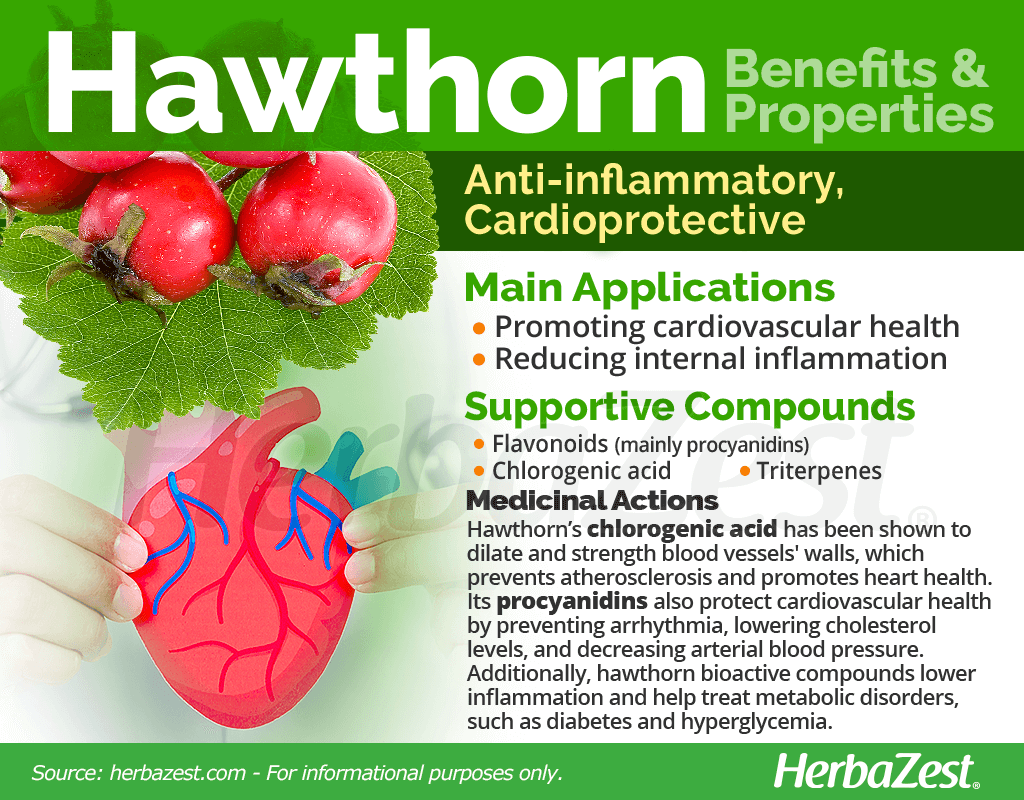
How to Consume Hawthorn
- Edible parts Fruit
- Edible uses Beverage
- Taste Sweet, Tangy, Tart
Hawthorn berries, also known as haws or mayhaws, are commonly used in a variety of culinary applications, including jellies, marmalades, preserves, salad dressings, wines, syrups, sauces, and desserts. However, the most effective way to benefit from hawthorn's medicinal properties is through its therapeutic forms.
Natural Forms
Infusion. Hawthorn tea is a popular choice for calming anxiety and supporting cardiovascular health.
Decoction. Prepared by boiling hawthorn leaves for a few minutes, decoctions concentrate the herb's anti-inflammatory and mildly sedative properties.
Herbal Remedies & Supplements
Liquid extract. Hawthorn liquid extract must be diluted in water before consumption to harness its medicinal properties effectively.
Tincture. Prepared by macerating hawthorn in a neutral alcohol base, a few drops of the tincture mixed in water or a warm infusion provide cardioprotective, anti-inflammatory, and soothing effects.
Essential oil. Hawthorn essential oil contains concentrated bioactive compounds that offer health benefits. Like the liquid extract, it should be diluted in water before ingestion.
Capsules. A convenient option, hawthorn capsules are available in standardized doses and are commonly used as supplements for cardiovascular and metabolic health.
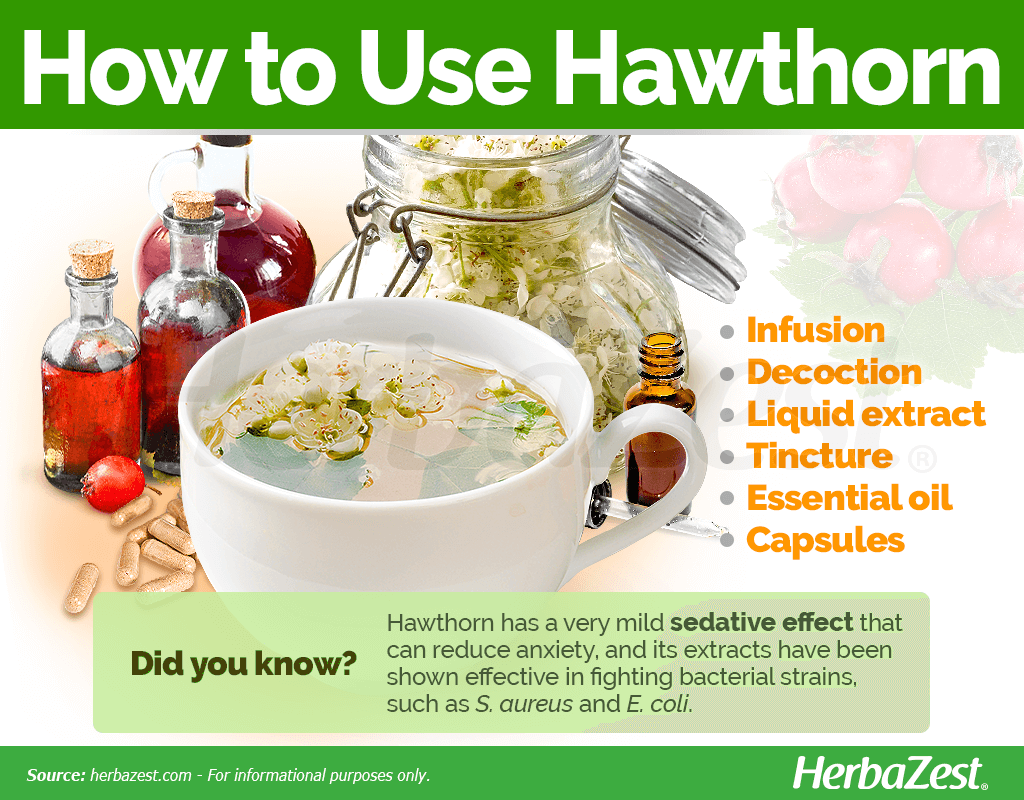
Growing
- Life cycle Perennial
- Harvested parts Seeds, Leaves, Fruit
- Light requirements Partial shade
- Soil Well-drained
- Soil pH 6.1 – 6.5 (Slightly acidic)
- Growing habitat Cool temperate regions
- USDA Plant Hardiness Zones 4a, 4b, 5a, 5b, 6a, 6b, 7a, 7b, 8a, 8b
- Pre-germination seed treatment Stratification
- Planting time Early spring
- Plant spacing average 7 m (22.97 ft)
- Propagation techniques Cuttings
- Potential insect pests Scale insects, Caterpillars, Leafminers
- Potential diseases Leaf spot, Fire blight, Powdery mildew
Hawthorn is a resilient perennial plant that can thrive in a variety of conditions and live for over 200 years. While it is a slow starter, it is relatively easy to grow with proper care, temperature, and soil management.
Growing Guidelines
Hawthorn trees flourish in sunny locations with a bit of shade.
Unlike many plants, soil type is not a major concern, but hawthorn grows best in well-drained, nutrient-rich soil.
For open planting, hawthorn trees should be spaced 20-30 feet (6-9 meters) apart to allow for proper growth. However, if used to create a living fence, they can be planted closer together, with 7-10 inches (17-25 cm) between seedlings, depending on their size.
Once established, hawthorn spreads easily, producing thousands of seeds annually and forming dense thickets that can inhibit the growth of other species. To manage this, periodic pruning and weeding are essential.
Hawthorn flowers bloom in late spring, typically between May and June, while its bright red berries appear later in the year. Flowers are harvested in late spring, and berries are collected from late summer to early autumn.
Hawthorn is highly resistant to pests and diseases, though occasional challenges may arise. Insects such as borers, caterpillars, lace bugs, leafminers, and scale insects can sometimes attack. Diseases like fire blight, leaf spot, powdery mildew, canker, and apple scab may also affect hawthorn on occasion.
Additional Information
- Other uses Furniture/carpentry, Timber
The hawthorn tree, also known as English hawthorn and whitethorn, is a deciduous, thorny tree that grows to a height of 20-30 feet (6-9 meters) with a dense, rounded canopy. Its bark is ash-gray, and its trunk and branches are made of durable hardwood. The tree's broad, glossy green leaves are alternate, deeply incised, and measure 0.78-2.6 inches (2-6.5 cm) in length and 1.2-2.8 inches (3-7 cm) in width. Hawthorn flowers are white, grow in clusters, and are 0.31-0.6 inches (8-15 mm) wide. Its bright red, oblong berries measure about 0.4 inches (1 cm) in diameter and contain a single seed.
Classification
Hawthorn (Crataegus monogyna) belongs to the Rosaceae, which includes around 2,830 species and over 95 genera. This family also features many economically important plants with significant nutritional and medicinal value, such as almond (Prunus dulcis), apple (Malus domestica), apricot (Prunus armeniaca), blackberry (Rubus fruticosus), cherry (Prunus spp.), pear (Pyrus communis), plum (Prunus domestica), raspberry (Rubus idaeus), and rose (Rosa canina).
Varieties and Species
The genus Crataegus encompasses approximately 280 species of trees and shrubs distributed across cool temperate regions in Europe, North Africa, West Asia, and North America. These species, collectively known as hawthorn, are known for their tendency to interbreed, sparking debate among botanists about whether certain types are distinct species or merely varieties of one another.
While most hawthorn species have thorny branches, some varieties are thornless.
Historical Information
Traditionally, hawthorn was used in Europe to treat kidney and bladder stones and as a diuretic. Its virtues were widely recognized by physicians of the time. However, it wasn't until the 19th century that an Irish physician began using hawthorn to treat heart conditions.
The Latin name for hawthorn, Crataegus, translates to "hardness," reflecting the tree's prized hardwood.
Popular Beliefs
In the Middle Ages, the hawthorn tree symbolized hope, as it was associated with treating various illnesses. Serbian and Croatian folklore mentioned hawthorn stakes as tools for slaying vampires, while in Gaelic lore, hawthorn trees represented a portal to the otherworld and were closely linked to fairies
Economic Data
Hawthorn trees are economically significant for industries such as timber, construction, beverages, and alternative medicine. China, one of the largest producers and exporters of hawthorn products, leads in producing dried fruit, beverages, and extracts, alongside Russia and the United States.
In North America, economic interest in hawthorn dates back to the late 20th century, particularly in the southeastern United States, including Alabama, Georgia, Louisiana, and Mississippi.
Other Uses
Landscaping. The hawthorn tree's attractive flowers and berries make it a popular ornamental tree in streets, gardens, and parks across Europe, North America, and Asia.
Carpentry. Hawthorn wood is valued for its malleability and durability, making it ideal for furniture and home décor.
Timber. The hardwood of the hawthorn tree is exceptionally strong and dense, making it a preferred material for sturdy constructions.
Sources
- Asian Pacific Journal of Tropical Biomedicine, Ethnomedicinal and phytopharmacological potential of Crataegus oxyacantha Linn. - A review, 2012
- Food and Agriculture Organization (FAO), Non-Wood Forest Products from Temperate Broad-Leaved Trees, Chapter 7, 2002
- Molecules, Botanical, Phytochemical, Anti-Microbial and Pharmaceutical Characteristics of Hawthorn (Crataegus monogyna Jacq.), Rosaceae, 2021
- Oregon State University, Crataegus monogyna | Landscape Plants, Crataegus monogyna
- Penn State University, PennState Extension, Hawthorn: A Flowering Ornamental Tree
- Revista Brasileira de Farmacognosia, The genus Crataegus: chemical and pharmacological perspectives, 2012
- Encyclopedia of Herbal Medicine, p. 31
- Encyclopedia of Natural Medicine, pp. 703-4
- The Herb Book
- Pharmacognosy Reviews, Hawthorn (Crataegus spp.) in the treatment of cardiovascular disease, 2010
Footnotes
- Current Medical Research and Opinion. (2004). Double-blind, randomised, placebo-controlled study to evaluate the efficacy and safety of a fixed combination containing two plant extracts (Crataegus oxyacantha and Eschscholtzia californica) and magnesium in mild-to-moderate anxiety disorders. Retrieved November 14, 2024, from: https://pubmed.ncbi.nlm.nih.gov/14741074/
- BMB Reports Online. (2017). Effects of chlorogenic acid on intracellular calcium regulation in lysophosphatidylcholine-treated endothelial cells. Retrieved November 13, 2024, from: https://pmc.ncbi.nlm.nih.gov/articles/PMC5498143/
- Journal of the Science of Food and Agriculture. (2017). Physico-chemical, antioxidant, and anti-inflammatory properties and stability of hawthorn (Crataegus monogyna Jacq.) procyanidins microcapsules with inulin and maltodextrin. Retrieved November 13, 2024, from: https://pubmed.ncbi.nlm.nih.gov/27145129/
- Journal of the Faculty of Medicine Baghdad (2015). Biochemical studies on the effect of Crataegus aqueous extract on oxidative stress during ischemia/reperfusion induced myocardial injuries. Retrieved November 13, 2024, from: https://iqjmc.uobaghdad.edu.iq/index.php/19JFacMedBaghdad36/article/view/374
- Molecules. (2024). Antioxidant and Antidiabetic Activity of Cornus mas L. and Crataegus monogyna Fruit Extracts. Retrieved November 13, 2024, from: https://www.mdpi.com/1420-3049/29/15/3595
- Saudi Pharmaceutical Journal. (2023). Quality control, phytochemical profile, and biological activities of Crataegus monogyna Jacq. and Crataegus laciniata Ucria fruits aqueous extracts. Retrieved November 13, 2024, from: https://pmc.ncbi.nlm.nih.gov/articles/PMC10495647/
